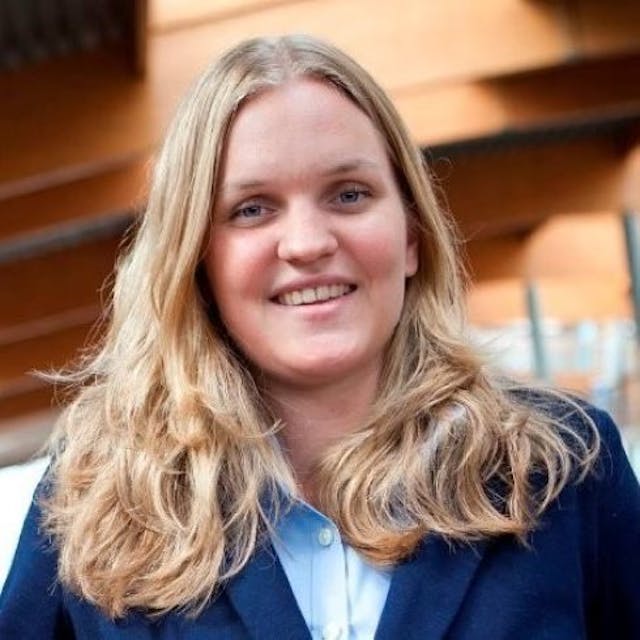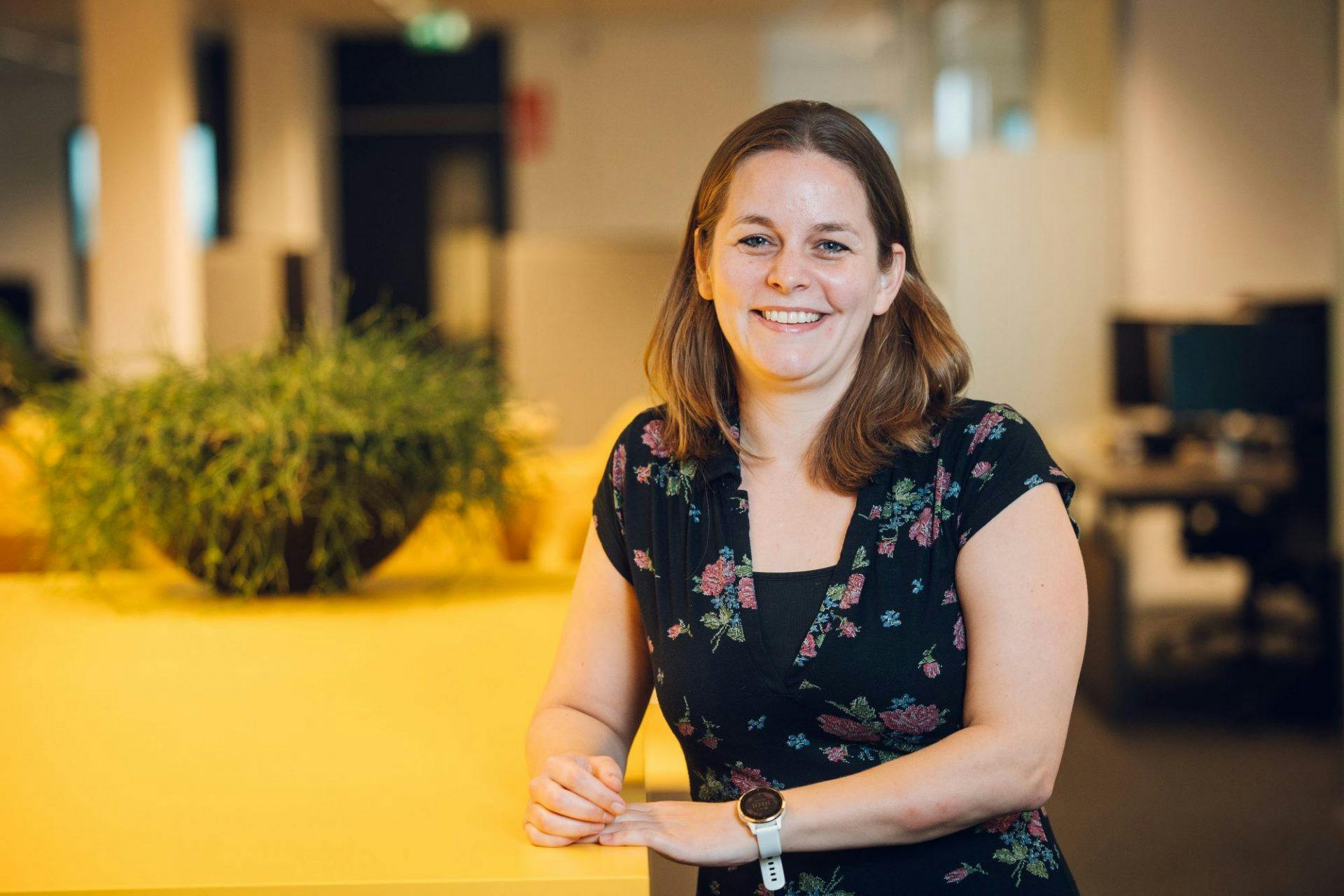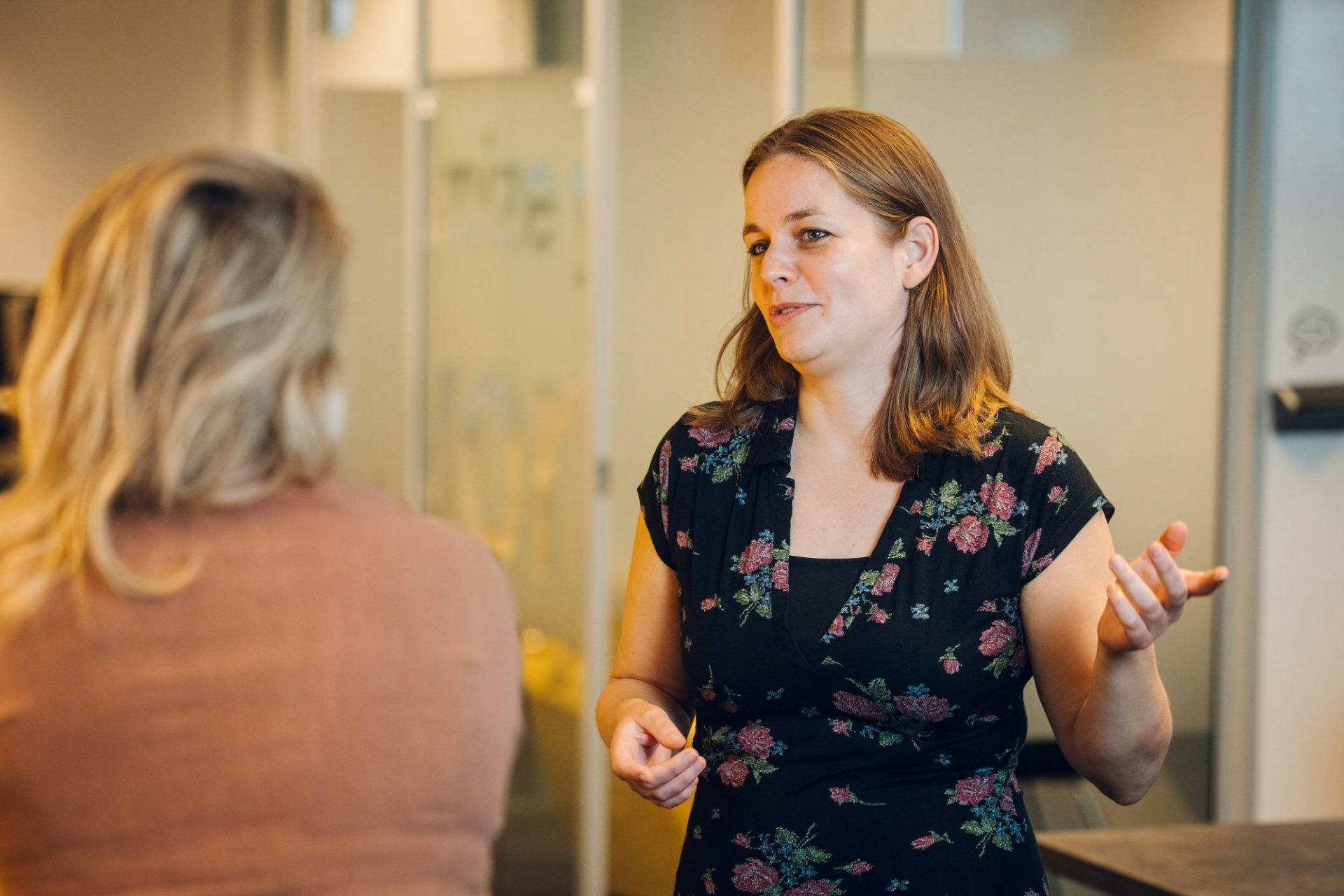Much remains to be done if we are to be ready for the transition, and Griffioen advocates a realistic approach in the interim: “We have to buy the time needed to get the system in order. The industry is rife with different perspectives, and many different actors all of whom have their own part to play. ORTEC’s vision is to support the energy system of the future with the help of mathematics, while also explicitly supporting the current energy system for as long as it is still needed. This is a deliberate choice. At the same time, we are also committed to stimulating the transition between the two systems. The new system is yet to materialize and it will take some time to build. For now, we cannot do without fossil fuels yet, but while we’re forced to depend on them, we had best use them as efficiently as possible to buy the time we need to build and integrate a new energy system. Mathematics can be a valuable tool to achieve this, for example by designing and operating an efficient fuel network.”
The problems we face are multifaceted and multi-tiered, Griffioen argues. On the one hand, the design of the new system poses major strategic issues , such as when building wind farms and when integrating hydrogen in the energy chain. On the other hand there are a large number of more specific issues such as optimized utilization of your fleet during the transition to zero-emission mobility.
“A fleet of less than ten cars gives you more than ten trillion choices per day, considerably more than any human being could contemplate."
Complexity in the transition
For Griffioen, it is a general rule of thumb that as things grow more complex, it becomes more important to approach them with systems that can handle this complexity. “You need a well-grounded method, data and analyses, not a gut feeling. These analyses are especially complicated in the energy industry, which is characterized by significant uncertainty and long-term horizons. Investment decisions span dozens of years. Assets in the energy industry, from power plants to wind farms, have a lifespan of several decades, and we will have to make decisions about these assets during the transition phase.” Regardless of what form the new energy system will end up taking, overall electricity use will go up and Griffioen warns that “it is essential that energy grids be able to cope, even in areas that are currently underdeveloped. Seeing as renewable energy sources are typically more intermittent, we will need to be able to store energy. Grid operators are already working on reinforcing grids and enhancing their storage capacity and they would do even more if they could. The question remains: how much should you invest, when should you make your move, and what locations are best? Mathematical models are excellently suited to this type of asset investment planning. Incidentally, the same questions apply to heat and gas grids. Moreover, since these types of energy are all mutually convertible, the accompanying investment challenges can best be tackled holistically, which we are currently researching.”

Iris van Beuzekom, PhD Optimizing Investment Planning of Integrated Multi-Energy Systems
"Policymakers face various complex challenges as part of the energy transition. Gas, for example, is a significant energy carrier in our current energy system, while renewable energy sources often generate electricity. What’s more, sustainable energy sources tend to have more highly variable yield than their traditional counterparts because they depend on the wind and sun. On top of that, socioeconomic, technological and other developments make it very difficult to predict how the transition will play out. By looking at all energy carriers from a systems perspective, we can enable policymakers to make better long-term investment plans."
Mathematical models can capture uncertainty
The long-term horizons and the inherent uncertainty of the energy transition make it a particularly complex affair. “No matter how you spin it, the energy transition will take decades. In addition, the transition is rife with uncertainties, ranging from the classic uncertainty about supply and demand to uncertainty about behavior, technological developments and prices and political developments, all of which affect the choices you can and must make. The effects of all these uncertainties can be hard to fathom for humans, but mathematical models can provide valuable support.” The transition is made even more complex by the fact that many issues have numerous different stakeholders, “some of whom might not be on the same page or have different roles to play. And still, we need individual parties to make choices that bring us closer to our collective goal. The question is, how do you make that happen? There are plenty of opportunities to gain more insight into the system side of things, such as how authorities use political instruments to incentivize certain behavior among consumers and companies. Take tax credit schemes, for instance, which encourages the purchase of solar panels or electric vehicles. If you ask me, there is still a lot of potential to apply more analytical methods, which can help us map out and understand the dynamics between different roles - now and in the future.”
Start with what you have
For Griffioen, the energy transition hinges on several key themes: “We need to build a new energy system, and math can help us. This new system will not be created overnight. We will necessarily end up in a transition phase in which the old system has to stay up and running, while we are still building the new one without knowing exactly what it will look like. To make this happen, we need time, which we can ‘buy’ by maximizing the efficiency of the current system for as long as we depend on it.”
There is plenty we can accomplish in the short term: “Even seemingly small routing schedules can get mind-bogglingly complex, with fleets of no more than ten cars resulting in more than ten trillion choices per day. This alone is considerably more than any human being could grasp, and that’s without taking inventory, allocations and prices into account. You need advanced planning tools to achieve optimal results. ORTEC provides exactly these solutions to countless companies.”

Ronald Buitenhek, Principal Consultant Analytics, ORTEC
"Feeding mathematical models with data that represent what we expect the future to hold is a big pitfall, as the underlying models will only produce optimal outcomes if the future turns out exactly as you predicted. Unfortunately, there is simply no telling what will happen in the future, and even relatively short-term predictions of demand are often slightly off the mark. With a bit of luck, though, real demand will still be within a certain expected bandwidth, or you could sketch multiple different future scenarios, allowing you to consider multiple long-term outcomes. Inputting these ranges or scenarios into a mathematical model will produce actionable results even if the future ends up defying expectations. With that insight, you can make sure you satisfy demand even if it outgrows your expectations while balancing costs with the expected uncertainty."
Challenges in the transition phase
In the meantime, we will have to get to work on the new energy system, Griffioen confirms. “We have to start building the new system while still relying on the old one. This transition comes with challenges of its own, such as with regard to mobility. Many companies are looking to green their fleets, and while their commitment to sustainability is clear, deciding on the best approach is more complicated. Should you invest in electric trucks or opt for hydrogen? And what would be the right time to invest? What kind of charging infrastructure will you need, and will you have to upgrade your distribution center’s power grid?
“If you factor in the effects of the prevailing wind direction, the wake effect that a turbine can have on a turbine behind it, and the characteristics of the seabed, you can position wind turbines to have them generate energy as cost-effectively as possible.”
Scenario modeling enables us to analyze all of these questions, factoring in all complexities, options and uncertainties. This effectively reduces the risk of making suboptimal multimillion-dollar investments.”
There are also operational challenges to consider. Griffioen: In the transition phase, you may have a partly electrified fleet and will have to choose which delivery runs to make with your electric trucks. On top of that, trucks with a limited range may introduce a new constraint to your routing, with charging intervals and durations becoming other factors of concern. We are working on upgrading our planning solutions to allow them to factor in these variables too.”
"Maintenance is one of the factors that makes offshore wind more expensive than its onshore counterpart. At the same time, it’s highly optimizable”
Towards full sustainability
ORTEC also plays a part in expediting the transition to a fully sustainable energy system, as Griffioen stresses by citing examples from the offshore wind sector: “Looking at offshore wind farms from the beach, you might think that all turbines are neatly arranged in a grid. However, that would be a significantly suboptimal approach. If you factor in the effects of the prevailing wind direction, the wake effect that a turbine can have on a turbine behind it, and the characteristics of the seabed, you can position wind turbines to have them generate energy as cost-effectively as possible. This is just one of the challenges we have been able to solve for companies.” Griffioen continues with a more practical example: “Maintenance is one of the factors that makes offshore wind more expensive than its onshore counterpart. To get to offshore turbines, you need to take a boat or helicopter, which means sea and wind conditions become a factor. Finding a way to cut those costs through optimization will make offshore wind more competitive, and predictive maintenance and smart planning allow you to do just that.”
All in all, there is plenty of work to do, Griffioen concludes: “In the public debate, people tend to oversimplify the energy transition. While I understand the need to simplify complex matters, it is crucial to acknowledge the inherent complexity, which requires smart solutions. If the industry manages to convey this message, I see a lot of potential.”
About Karin Griffioen
When she realized the significance of the Energy industry and the positive impact she and her team could make in driving sustainable solutions, Karin Griffioen got very enthusiastic about working for ORTEC’s Energy team. As the Global Industry Director for Energy, it gives her joy and purpose to be supporting the industry's transition to a more sustainable future and being a trusted partner for clients. During her career, she grabbed the opportunity to become one of ORTEC’s appointed MBA students and graduated as the valedictorian of her class in the program ‘Big Data & Business Analytics’ at the Amsterdam Business School. She also holds a BSc and MSc degree in Mechanical Engineering from Delft University of Technology (TU Delft), with a specialization in robotics. To get in touch with Karin, you can send her an e-mail at karin.griffioen@ortec.com or connect with her on LinkedIn.

Download our magazine
This article is part of our magazine special on the Energy Transition. Get your copy now to discover how mathematics supports organizations such as Essent, Shell, Orsted, and Gasunie, along with political entities, in navigating this transition effectively across all facets.

